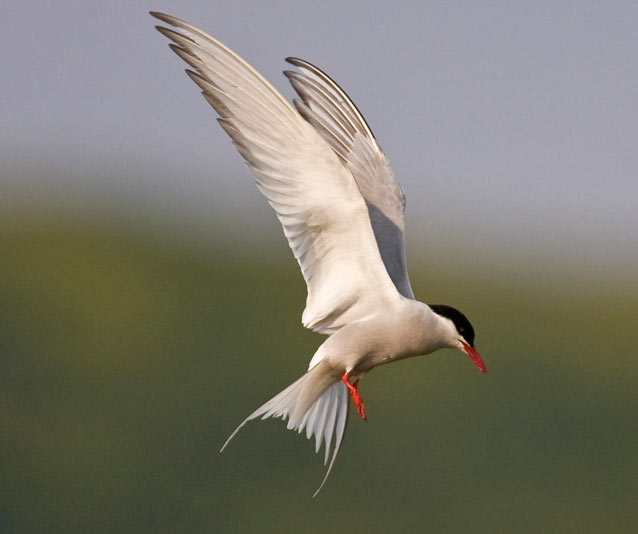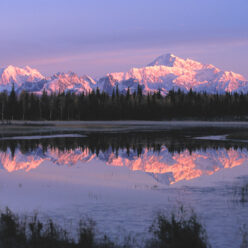The Arctic tern is often considered the champion of migration. I believe one reason people are so drawn to this event is that the arctic tern represents a mass migratory event and the ability of an animal to travel thousands of miles to reach a more habitable environment for their species to flourish. Fortunately, the arctic tern migrates to two areas of the world that are not densely populated by people. Although the overall species population is declining, this limits the harmful effects that humans could have on terns.
Arctic terns are extremely impressive since they are not considered good swimmers, however, their flight from Alaska to Antarctica is almost exclusively over water. The migration of the arctic tern is considered one of the great wonders of the natural world. If you are interested in seeing arctic terns and will not be traveling to Alaskan areas during the summer of Antarctica wintering grounds, it is possible to spot them in coastal North American during May and smaller populations breed along the North Atlantic shore in New England.
Their migration season is during summer where they will move from Alaska to Antarctica. This species of tern experiences more daylight than any other animal. Additionally, terns will begin breeding during early May in Alaska. They typically nest near fresh or salt water on sandpits, beaches, and islands. However, if they nest inland then they tend to occupy wet tundra or ponds. Female terns will lay two eggs and both sexes are responsible for incubating them in the nest. The tern eggs will hatch approximately twenty days later and will soon after embark on the 12,000 mile journey to Antarctica.

https://www.pensthorpe.com/wp-content/uploads/2020/05/Discover-Birds-game.pdf
